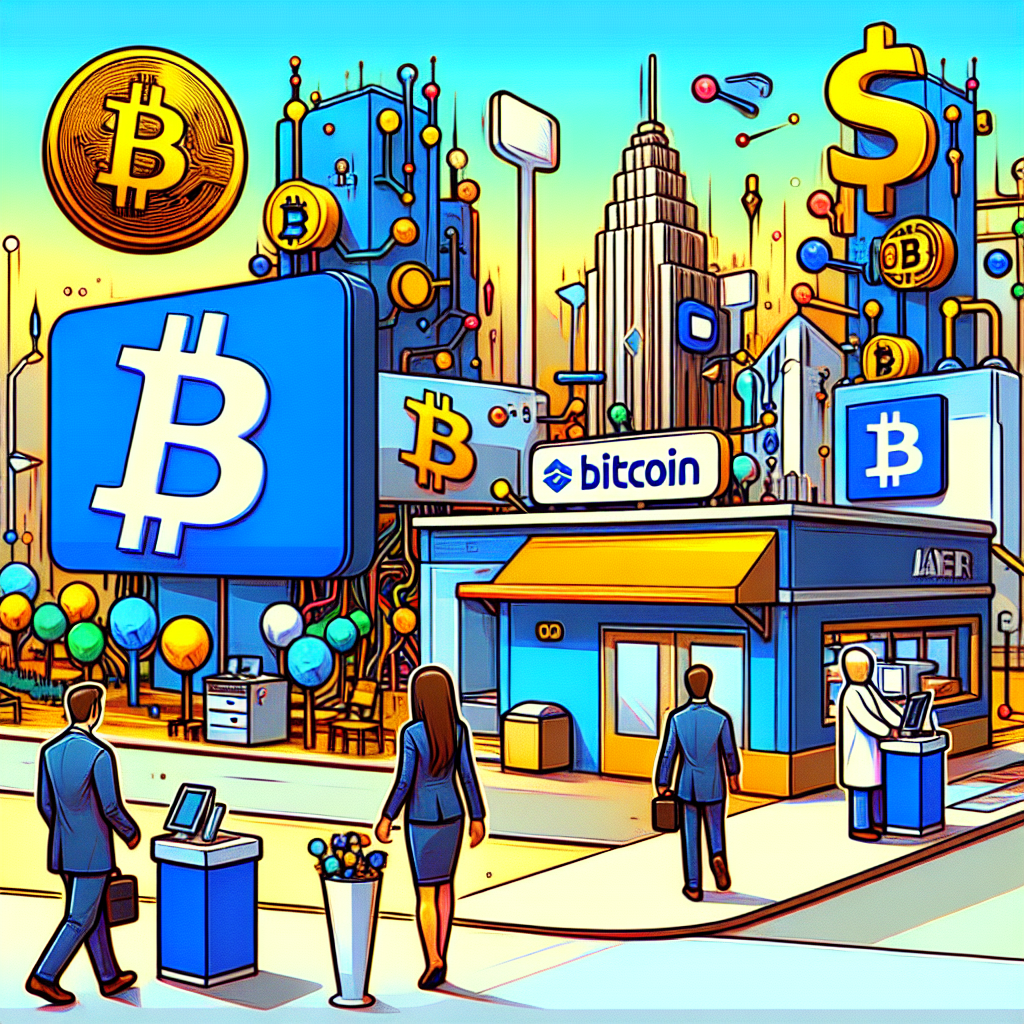Tag: Blockchain Technology
Advancements in Quantum Computing Could Strengthen Bitcoin Signatures, Says Crypto Pioneer Adam Back
Adam Back, a crypto pundit and a significant contributor to the Bitcoin (BTC) network, recently voiced his belief ...
PermianChain and Vertical Data Forge Partnership to Propel Digital Transformation in MENA Region An innovative collaboration has been ...
In a pioneering move, the Nigerian Securities and Exchange Commission (SEC) is bridging a significant gap in the ...
The Blockchain Gaming Federation has published an extensive research study on the future of the industry. The report ...
Advanced Experimental Framework by Story: Fostering On-Chain Interaction for AI Agents Story, a cutting-edge tech company, recently unveiled ...
Delving into the revolutionary realm of decentralized finance (DeFi) and Web3, we explore a new financial paradigm that ...
Strong Growth Observed for Ethereum and Solana in Brazil Emerging markets, such as Brazil, are witnessing an increasing ...
Decoding the Impact of AI, Blockchain, and Cryptocurrencies on Financial Advisory The technological landscape is evolving rapidly, with ...
The Blockchain Innovation Hub at RMIT University in Melbourne, Australia, a renowned educational establishment for blockchain technology, continues ...
In the ever-evolving landscape of cryptocurrency, efficient asset management has become a focal point. Within this context, the ...
As the world’s first cryptocurrency, Bitcoin has spurred an entire industry and has paved the way for hundreds ...
The escalating altercation between conventional banks and the nascent cryptocurrency industry has placed the concept of financial liberty ...















